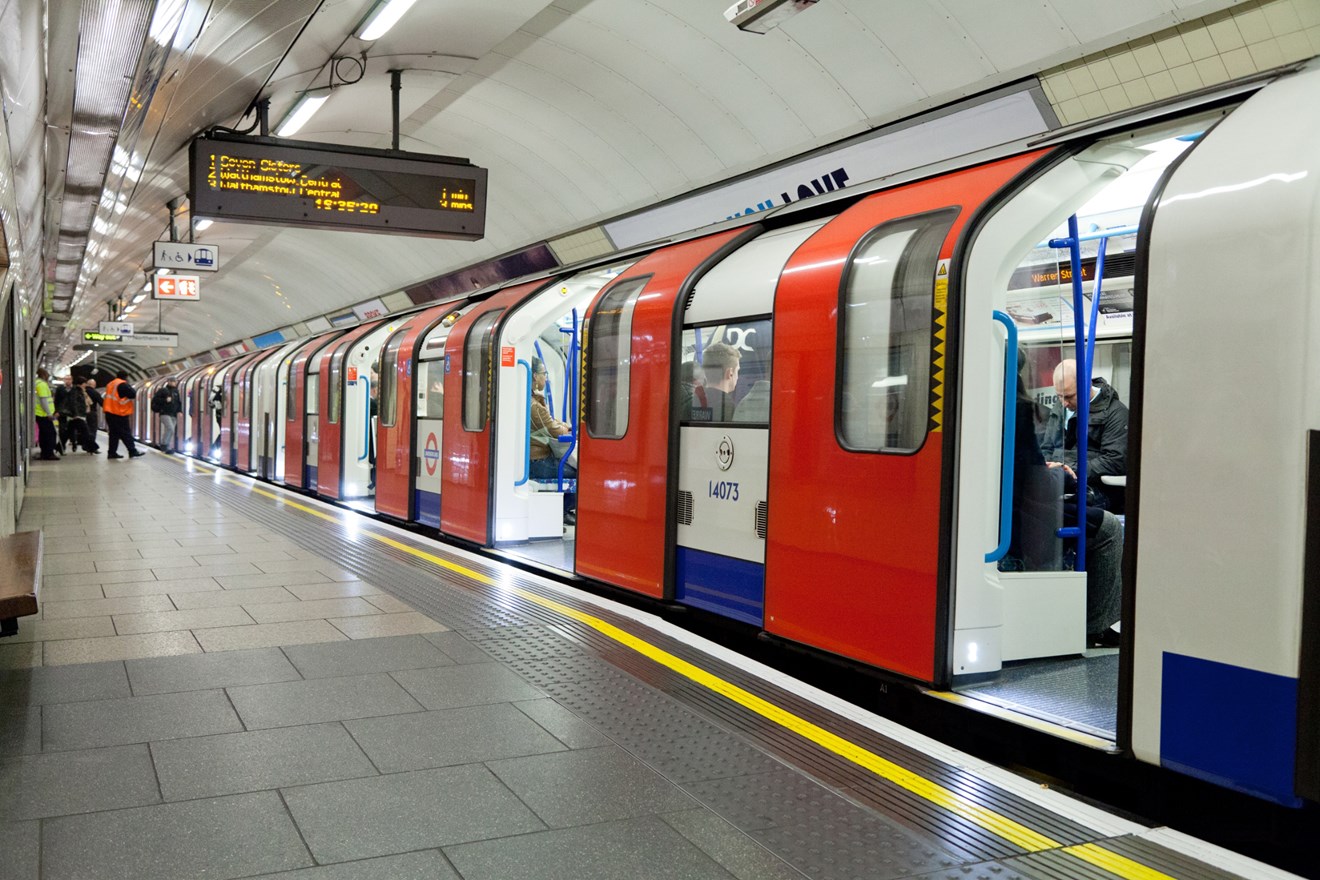
Ever wondered what makes the Victoria Line so special? This iconic part of London's Underground has a rich history and some fascinating quirks. Opened in 1968, it was the first entirely new tube line in London for over 50 years. Named after Queen Victoria, it connects key areas like Brixton, King's Cross, and Walthamstow. But did you know it's also the only line with all stations offering step-free access from street to train? Or that it features a unique automatic train operation system, making it one of the most advanced lines in the world? Join us as we uncover 15 intriguing facts about the Victoria Line that you probably didn't know!
15 Facts about Victoria Line
The Victoria Line is one of London's most iconic underground routes. Known for its efficiency and speed, it has a rich history and some interesting trivia. Let's dive into some fascinating facts about this famous line.
The Birth of the Victoria Line
Understanding the origins of the Victoria Line gives insight into its importance.
- Opened in 1968: The Victoria Line began operations on September 1, 1968. It was the first new underground line in London in over 60 years.
- Named after Queen Victoria: The line is named after Queen Victoria, who reigned from 1837 to 1901. This name was chosen to honor her legacy.
- First Automatic Train Operation: It was the first line in the world to use Automatic Train Operation (ATO), which means trains are controlled by a computer system.
Unique Features of the Victoria Line
Several aspects make the Victoria Line stand out from other London Underground lines.
- Light Blue Color: The Victoria Line is represented by a light blue color on the Tube map, making it easily recognizable.
- Deep-Level Line: It is a deep-level line, meaning it runs far below the surface compared to other lines.
- Shortest Distance Between Stations: The line has the shortest distance between stations, with an average of just 1.3 kilometers.
Stations and Connectivity
The Victoria Line connects some of the most important areas in London.
- 16 Stations: The line has 16 stations, stretching from Brixton in the south to Walthamstow Central in the north.
- High Passenger Volume: It is one of the busiest lines, carrying over 200 million passengers annually.
- Interchange Stations: Many of its stations are key interchange points, connecting with other lines and national rail services.
Speed and Efficiency
The Victoria Line is known for its speed and efficiency, making it a favorite among commuters.
- Fastest Line: It is considered the fastest line on the London Underground, with trains reaching speeds of up to 80 kilometers per hour.
- Frequent Service: Trains run every 100 seconds during peak times, ensuring minimal waiting for passengers.
- No Signal Failures: The line is known for its reliability, with very few signal failures compared to other lines.
Modern Upgrades
The Victoria Line has seen several upgrades to maintain its efficiency and comfort.
- New Trains: In 2009, new trains were introduced, featuring air-conditioning and improved seating arrangements.
- Platform Screen Doors: Some stations have platform screen doors, enhancing safety by preventing passengers from falling onto the tracks.
- Wi-Fi Availability: Wi-Fi is available at all stations, allowing passengers to stay connected while traveling.
The Victoria Line continues to be a vital part of London's transport network, offering quick and reliable service to millions of passengers every year.
Victoria Line: A Marvel of Modern Transit
The Victoria Line stands as a testament to engineering brilliance and urban planning. Opened in 1968, this line has transformed how Londoners navigate the city. Its fully automated trains were groundbreaking, setting a new standard for efficiency. The line's deep-level tunnels, some of the deepest in London, showcase remarkable engineering feats.
With 16 stations, the Victoria Line connects key areas, making commutes faster and more convenient. The iconic blue color on maps makes it easily recognizable. Innovations like platform-edge doors at some stations enhance safety and efficiency.
The Victoria Line isn't just a transit route; it's a symbol of progress and innovation in public transportation. Its continuous upgrades ensure it meets modern demands, proving that even after decades, it remains a vital part of London's transport network. Next time you hop on, remember the fascinating history and technology behind your journey.
Was this page helpful?
Our commitment to delivering trustworthy and engaging content is at the heart of what we do. Each fact on our site is contributed by real users like you, bringing a wealth of diverse insights and information. To ensure the highest standards of accuracy and reliability, our dedicated editors meticulously review each submission. This process guarantees that the facts we share are not only fascinating but also credible. Trust in our commitment to quality and authenticity as you explore and learn with us.


